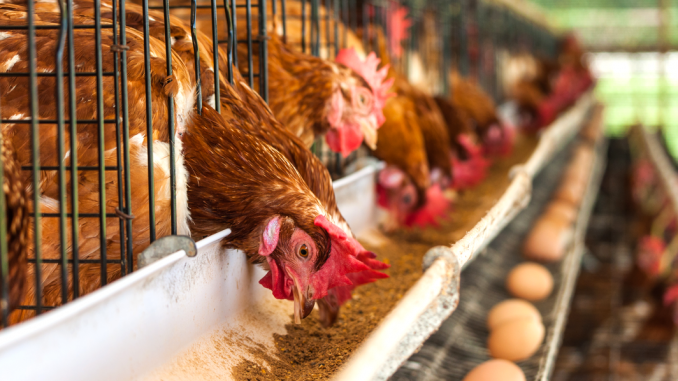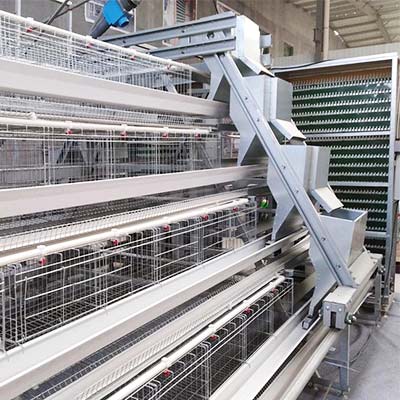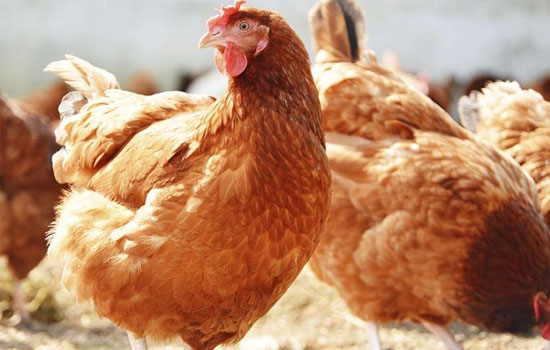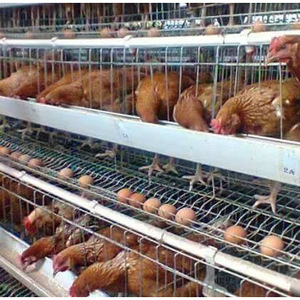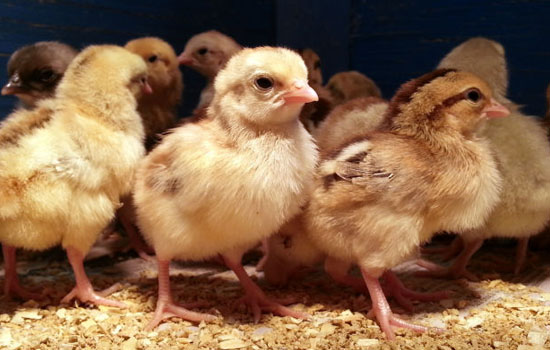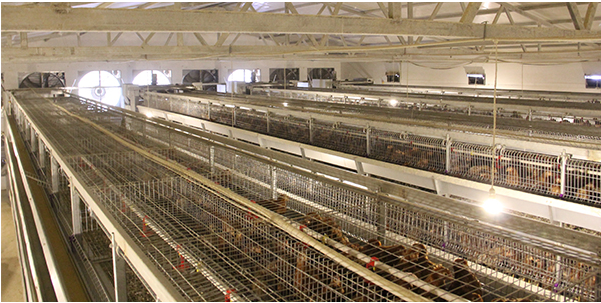Is there any special poultry farming equipment for hen manure treatment?
- Published in Poultry raising equipment
- Be the first to comment!
Is there any special poultry framing equipment for laying hen manure treatment?
Laying hen manure treatment has special equipment called automatic poultry manure removal system. Chicken manure contains more than 70% moisture and a large amount of chicken feathers. The manure produced by broilers is finer than the manure particles produced by laying hens, and the processing requirements for laying hens are also higher. Before the deep processing of chicken manure, the first and essential thing is to dehydrate the chicken manure, also known as chicken manure solid-liquid separation, chicken manure dry and wet separation.
The chicken manure dehydrator pumps the chicken manure into the equipment through a submerged pump or a cutting pump. Then, the manure and sewage are separated by screw extrusion, and the wet chicken manure with a water content of more than 70% can be processed into dry chicken manure with a water content of about 35%. It can be directly bagged, or simply dried and air-dried for long-term storage.
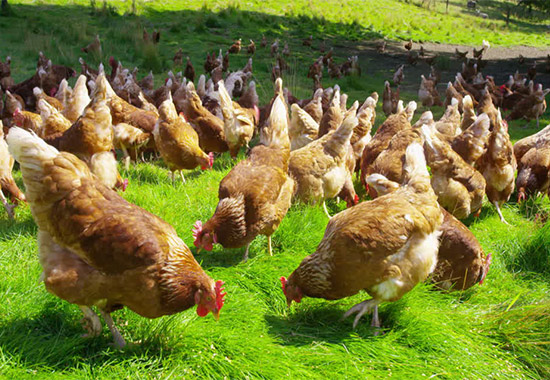
When using battery chicken cages to raise laying hens, the manure in the cages can be cleaned up in the following ways:
In breeding practice, the traditional scraper cleaning method is changed to woven bags to pick up the manure. It saves time and effort, is clean and hygienic, reduces the occurrence of ammonia gas, and increases the utilization rate of the chicken house. The method is: cut the old woven bag with scissors, crimp and sew it well, then according to the size of the chicken house, connect the woven bag to a rectangular cloth, tie four wire hooks at the four corners, and pick it with a thin stick. Take one corner from under the cage and send it directly to the opposite side of the cage to hang on the cage frame, and then hang the other corner in the same way, and hang the two outer corners directly on the cage frame. When the manure comes out, take off the four hooks, shake the chicken manure toward the center, hold the two corners of the cloth with both hands, pull out the whole cloth, then fold the four corners, send it to the outside of the house, and remove the chicken. Dump out. After the cloth has been cleaned, it can be reused. It is advisable to excrete feces once every 3-5 days.

